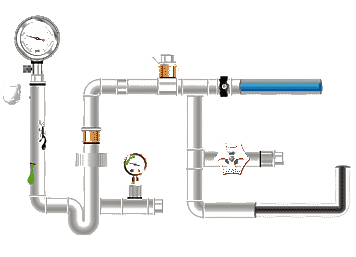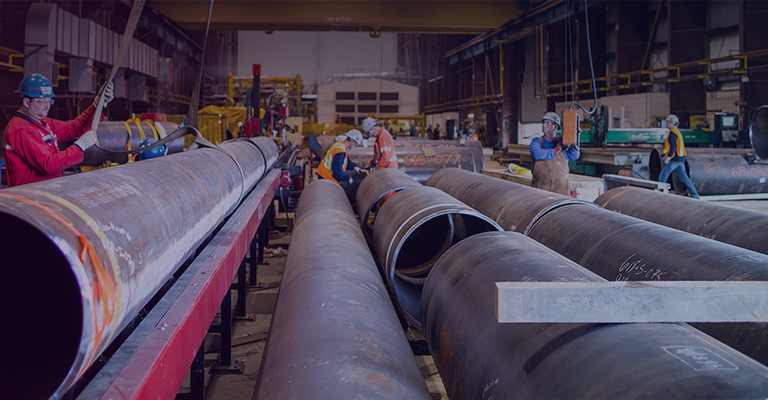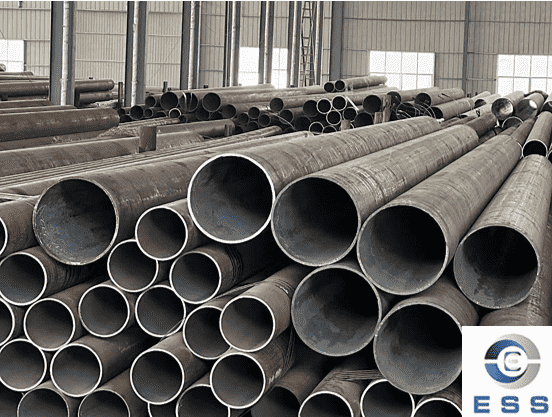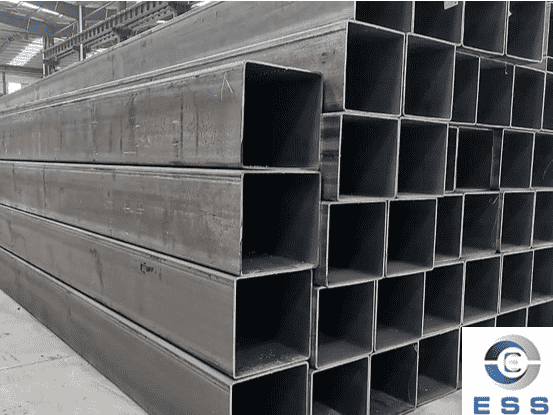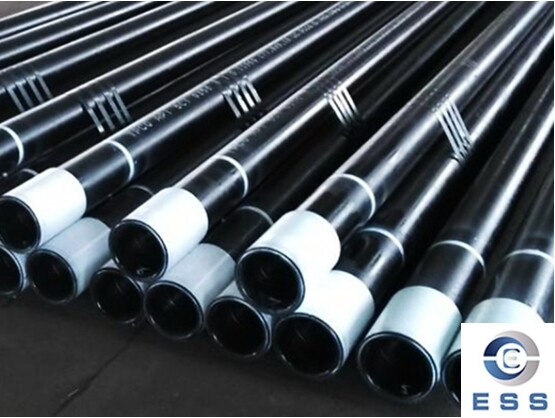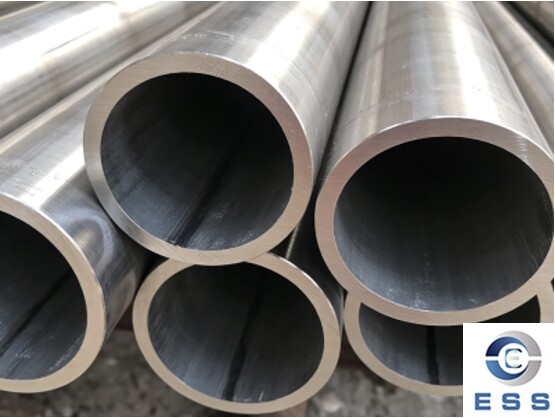
Overview of stainless
steel pipe
Stainless steel shines in level
instrumentation and many industries with its excellent comprehensive
performance and attractive appearance surface characteristics. Similarly,
stainless steel pipes have also attracted much attention. Stainless steel pipes,
as a hollow cross-section steel, are usually divided into two categories: stainless
steel seamless
pipes and welded
pipes. But what is the difference between the two? How should we choose in
specific applications?
Characteristics of stainless steel
seamless pipes
Stainless steel seamless pipes, a hollow
cross-section steel, are widely used in many fields with their excellent
performance. In the level instrumentation industry, it has become the preferred
material for key components. In industrial equipment such as drill pipes and octg pipes,
seamless steel pipes are also popular for their strong pressure resistance and
reliable connection.
Characteristics of stainless steel
welded pipes
Stainless steel welded pipes are formed by
curling steel plates or steel strips under the joint action of the unit and the
mold, and then welded. There is usually a weld seam on the inner wall of the
pipe, which is one of the main differences between it and seamless pipes. The
seamless pipe is made of round pipe billet and is made through fine processes
such as cold rolling, cold drawing or hot extrusion. There are no welding marks
on the pipe.
Differences and selections
1. Differences in manufacturing process
Stainless steel welded pipes are made by
bending steel plates into pipe shapes, and then fusing the edges into pipe
bodies through welding technology.
Stainless steel seamless pipes are formed
by multi-processing of solid round steel bars without gaps. The manufacturing
process of stainless steel seamless pipes is more complicated, so the price is
higher.
2. Differences in the appearance of steel
pipes
Stainless steel welded pipes have uniform
wall thickness and high brightness. They can be sized arbitrarily according to
needs, and even thin-walled pipes can be produced.
In contrast, the steel pipe precision of
stainless steel seamless pipes is relatively low, the wall thickness is
unevenly distributed, and the brightness of the inner and outer surfaces of the
pipes is also low.
In addition, the cost of sizing when
producing seamless pipes is high, and the pitting and black spots that may
exist on the inner and outer surfaces are difficult to remove. Therefore, the
wall thickness of conventionally produced seamless pipes is often thicker.
Applications with higher pressure requirements, such as boiler
tubes and heat
exchanger tubes, usually use higher strength seamless steel pipes.
3. Performance and price differences
The corrosion resistance, pressure
resistance and high temperature resistance of seamless pipes are much higher
than those of stainless steel welded pipes. With the improvement of the
production process of stainless steel welded pipes, the mechanical properties
and mechanical properties are gradually approaching those of seamless pipes,
and welded pipes can replace seamless pipes in some aspects.
In general, the chemical composition of
stainless steel welded pipes and seamless pipes is somewhat different. The
steel composition of seamless pipes just meets the basic requirements, while
stainless steel welded pipes contain chemical compositions suitable for
welding, such as silicon, sulfur, manganese, oxygen and delta ferrite. If these
elements are missing, the welding process will be very difficult.
The relatively high price of seamless pipes
reflects their high quality and high cost. Due to their superior performance,
seamless pipes are more suitable for extreme conditions such as high
temperature and high pressure.
Selection points
Given the unique characteristics and
differences between stainless steel seamless pipes and welded pipes, in
practical applications, in order to achieve economical, beautiful and reliable
results, we need to comprehensively consider the following key factors to make
a reasonable choice:
1. In applications where good surface
effects are required, such as decorative pipes, product pipes or prop pipes,
stainless steel welded pipes are usually recommended.
2. For low-pressure fluid transportation,
such as water, oil, gas, air, and heating hot water or steam, stainless steel
welded pipes are a suitable choice.
3. If the fluid needs to be transported in
industrial engineering or large equipment, or works in high temperature and
high pressure environments such as power plants and nuclear power plant
boilers, stainless steel seamless pipes should be selected to ensure durability
and strength.
4. Stainless steel welded pipes are mainly
suitable for liquid transportation below 0.8MPa, while seamless pipes can
withstand higher pressures. In situations where pressure requirements are not
high, welded pipes are usually more economical.









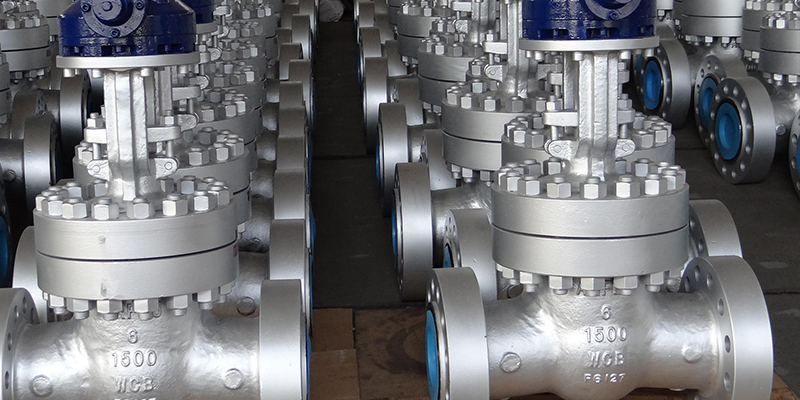
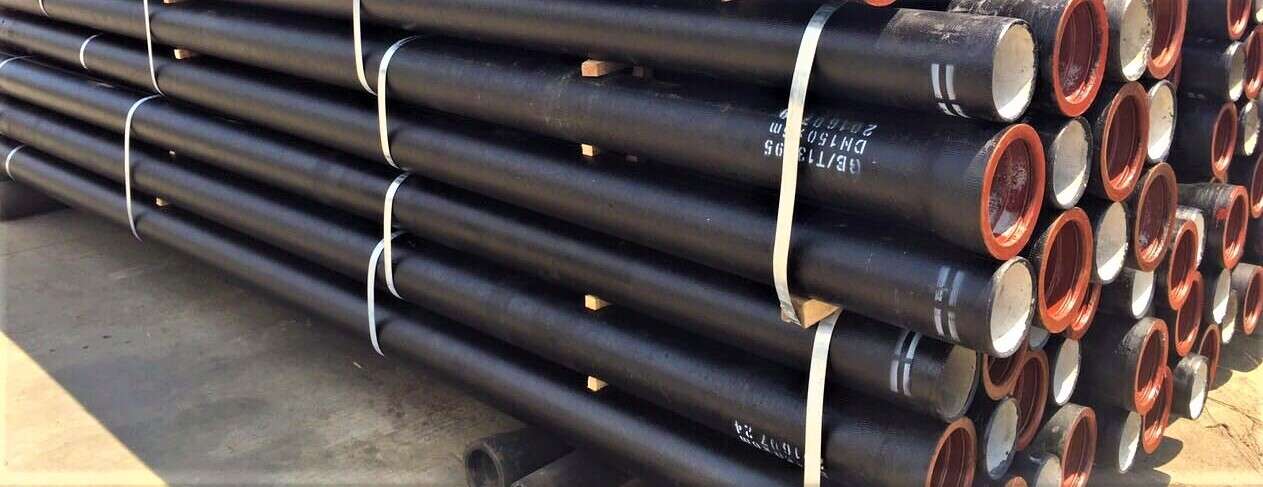


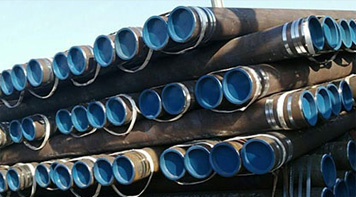 Eastern Steel Manufacturing Co.,Ltd not only improve product production and sales services, but also provide additional value-added services. As long as you need, we can complete your specific needs together.
Eastern Steel Manufacturing Co.,Ltd not only improve product production and sales services, but also provide additional value-added services. As long as you need, we can complete your specific needs together.
